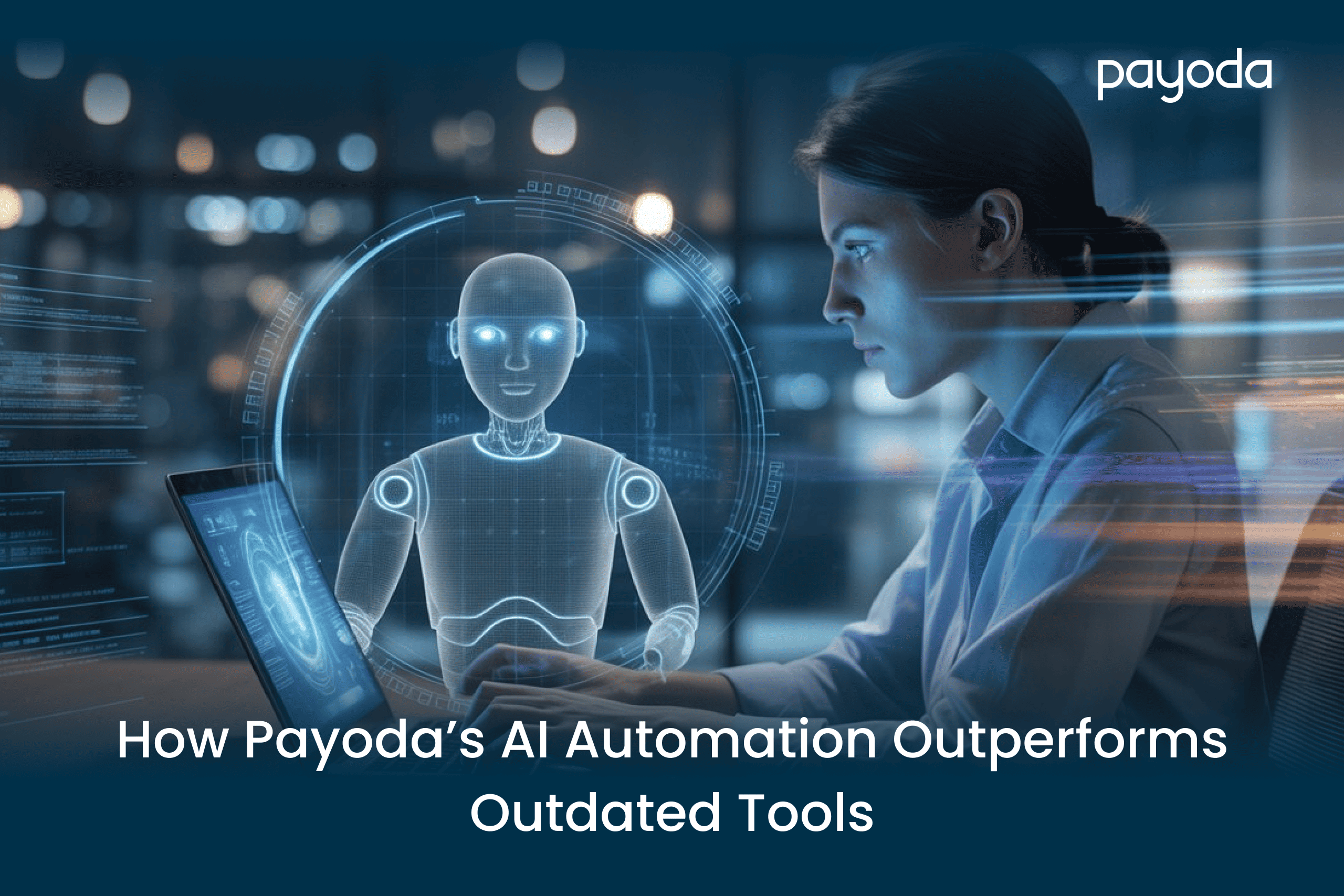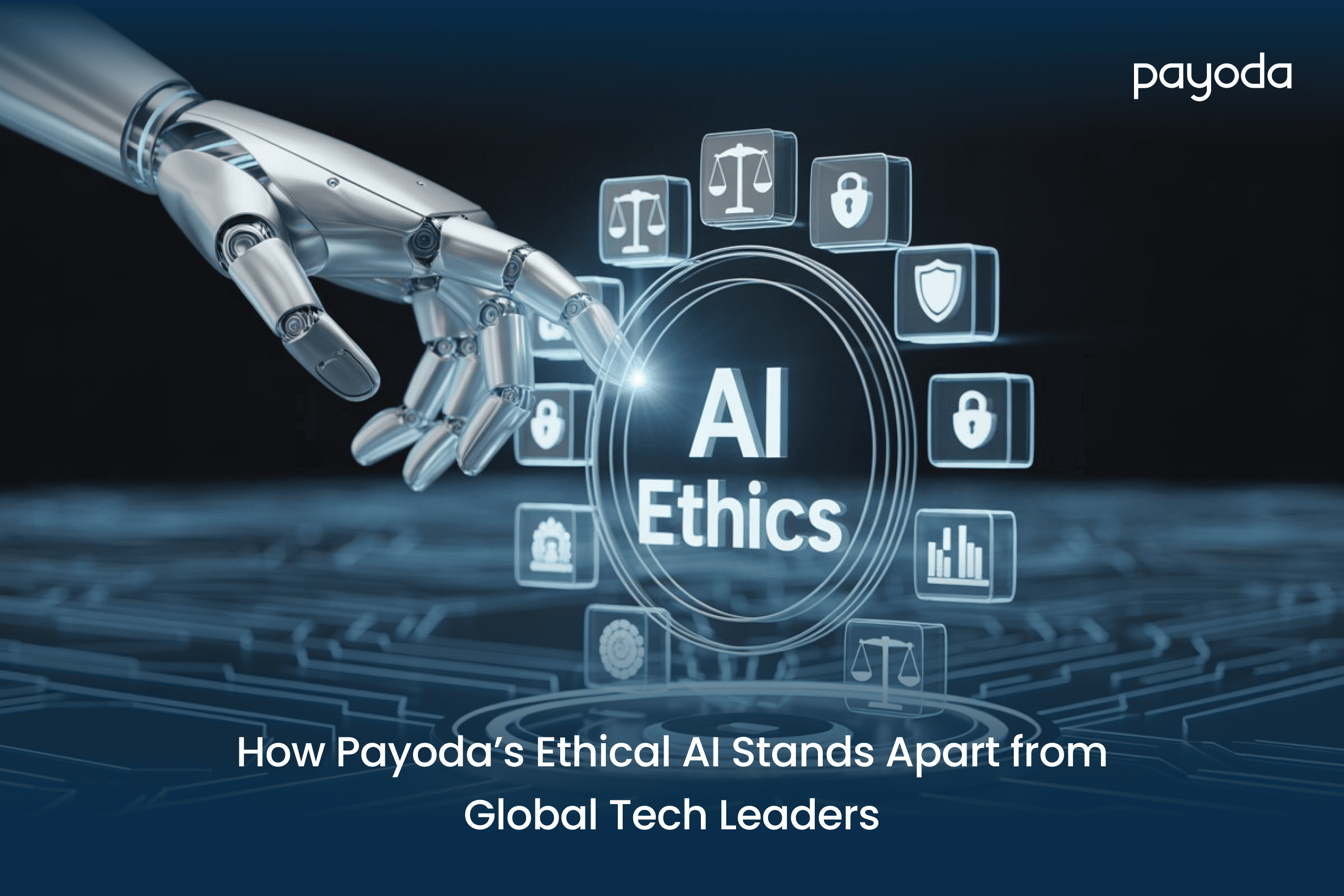
Introduction:
Automation has been a major driver of digital transformation for a long time. It has been eliminating repetitive tasks and making operations more efficient. Moreover, many organizations have come to the realization that traditional automation tools, which have been a major breakthrough, can barely cope with the current dynamic business environments. These legacy systems mainly rely on rule-based logic, static workflows, and fixed processes. Therefore, it leads to a situation where manual interventions are required quite frequently, maintenance costs are high, and adaptation to change is very slow.
On the other hand, AI Automation is the next-generation technology, which does not simply follow commands given but rather learns, predicts, and adapts. Nowadays, companies require automation that can grasp data context, make proper decisions, and improve processes over and over again.
AI-powered intelligent automation is one of the main drivers of the transformation in the industry from healthcare to finance to manufacturing, as it provides the connection between human thinking and machine efficiency.
Payoda intelligent automation solutions are built to assist businesses in transitioning from outdated technology to more current ones. By integrating intelligence into every workflow, Payoda allows companies to automate difficult, decision-heavy tasks and scale with confidence and faster than before.
The Limitations of Traditional Automation Tools
For a long time, businesses have been benefiting from traditional automation tools that have probably been around for decades. Those tools are following pre-established rules and logic, executing repetitive tasks such as data entry, report generation, or invoice processing. Nevertheless, when companies expand and the complexity of data rises, these operations start to expose their weaknesses.
The main issues are:
- Lack of adaptability: Processes become ineffective even when conditions vary slightly from predefined rules
- Overhead in maintenance that is exceedingly high: Any business or compliance change requires that the existing scripts be altered manually.
- Limited intelligence: These tools are unable to make decisions based on context or learn from results.
- Siloed systems: Integration with new technologies such as API, analytics engines, or cloud platforms is very difficult and slow.
A good example of this is a banking workflow automation relying on a static tool that might optimally process loan applications until new credit rules or customer verification protocols come up. Suddenly, the system fails to adapt, and the IT department spends weeks working on it.
Modern enterprises can’t afford the same level of inflexibility. Speed, data, and customization are the driving factors of the new world, and automation must evolve from rule-based execution to intelligent decision-making. This is where AI Automation enters the scene, and it is a change that Payoda is supporting global businesses to embrace.
What Makes AI Automation Different
AI Automation is the amalgamation of artificial intelligence, machine learning, and data analytics with traditional automation. The output is an intelligent automation: machines that can evaluate the inputs, comprehend the context, predict, and take actions all by themselves.
AI-based systems are not like fixed workflows but rather are constantly learning and improving. This makes them especially effective in environments that are dynamic, where the data, processes, and decisions change rapidly.
Main Elements of AI Automation
- Machine Learning (ML): Enables the system to recognize patterns, predict outcomes, and gradually improve its moves.
- Natural Language Processing (NLP): The technology behind the understanding of the input given by users, important for areas like customer support or document interpreting.
- Computer Vision: Applied in sectors such as manufacturing or logistics for product inspection, anomaly detection, and visual decision-making automation.
- Predictive Analytics: Anticipates bottlenecks or system failures before they really happen, so the system is more reliable and has better uptime.
Real-World Example
Let’s say a logistics firm has to handle hundreds of delivery routes daily. Automation based on traditional technology can monitor shipments, whereas AI automation can foresee delays in delivery, direct the drivers, and inform customers automatically without any human intervention.
The transition from execution to cognition is the major differentiator. Using Payoda AI, companies will be provided with a platform tailored for this intelligence-first future, where automation keeps adapting along with the organization itself.
Simply put, traditional automation is all about efficiency. AI automation is all about intelligence.
For example a retail company may be using rule-based automation and thus alert delayed shipments, but an AI automation solution like Payoda’s identifies the cause (inventory shortage or weather delay), recommends a resolution, and triggers corrective workflows automatically.
This self-governing capability transforms business processes from reactive to proactive — a change that is fundamentally so large that it enables organizations to remain competitive and customer-centric.
How AI Automation Improves Business Performance
AI automation doesn’t only make things faster; it makes them smarter too. The quantifiable results include:
- Lower Operational Expenses: Smart automation reduces human effort, diminishes errors, and maintains consistent performance across all departments.
- Faster Decision Cycles: Insights based on data enable real-time decision-making from supply chain optimizations to customer engagement strategies.
- Scalable Growth: As processes become smarter, companies can grow operations without corresponding increases in headcount.
- Increased Productivity of Employees: Repetitive tasks are delegated to automation so that teams can concentrate on strategy and innovation.
- Enhanced Compliance and Auditability: AI enforces uniform rule application and documents compliance processes automatically.
How Payoda’s AI Automation Outperforms Outdated Tools
Payoda’s AI Automation Platform marks a massive leap forward compared to the legacy tools. It is not only about executing monotonous actions but also the intelligent workflows that are learning, adapting, and acting independently.
Key Advantages of Payoda’s AI Automation
- Unified Framework: Effortlessly unites legacy systems, modern APIs, and different data sources for complete visibility end-to-end.
- Adaptive Intelligence: Never stops learning from operations data and applying the knowledge to future actions.
- Context-Aware Automation: To make the execution smarter, it understands the business rules, exceptions, and intent.
- Low-Code Customization: It empowers both business users and IT teams to easily design, deploy, and change workflows.
- Scalable and Secure Architecture: Designed on enterprise-quality infrastructure to ensure data privacy, compliance, and support for large-scale operations.
Unlike traditional tools requiring frequent manual oversight, Payoda’s intelligent automation operates with workflows that identify and resolve failures automatically.
The Future of Intelligent Automation
The future of automation is about AI-powered autonomous systems that can comprehend objectives, reason through situations, and make decisions independently without human intervention. Agentic AI, generative automation, and autonomous process optimization are becoming mainstream concepts, combining the creativity of humans with precision from machines.
As industries continue to evolve, so do the expectations. Companies no longer accept just faster automation; they insist on smarter workflows. AI systems that explain their reasoning, maximize fairness, and have processes that adjust in real time are leading enterprise transformation.
Payoda AI Automation is geared for this transition. Its elastic, cognitive architecture allows organizations not just to automate processes but to transform operations into self-optimizing ecosystems future-proofed against accelerated market shifts.
Conclusion
Traditional automation tools may have brought organizations this far, but the future demands intelligence, not redundancy. AI Automation enables businesses to break free from rigid workflows and embrace adaptability, prediction, and continuous learning.
With Payoda’s intelligent automation platform, enterprises can modernize operations, enhance decision-making, and scale sustainably. By combining machine intelligence with deep process understanding, we help organizations reimagine what automation can achieve: from doing tasks to driving transformation.
It’s not just about working faster; it’s about working smarter. And that’s where Payoda AI Automation leads the way.
FAQ's
- What is the difference between AI automation and traditional automation?
Traditional automation follows fixed rules to perform repetitive tasks. AI automation, powered by machine learning and data analytics, understands context, learns from patterns, and adapts automatically, delivering higher accuracy and efficiency.
- How can Payoda’s intelligent automation help my business?
Payoda’s platform integrates with your existing systems to automate complex workflows, improve decision-making, and reduce manual effort. It brings intelligence into every process, ensuring your operations scale efficiently while maintaining transparency and compliance.
Talk to our solutions expert today.
Our digital world changes every day, every minute, and every second - stay updated.









